AO Edited
The Stromatolites of Hamelin Pool
Living fossils in this remote Australian bay provide a glimpse of what Earth may have looked like 3.5 billion years ago.
Situated within a sheltered bay on the coast of Western Australia, Hamelin Pool appears at first glance to be a moderately interesting rock-strewn beach. Those rocks look kind of odd; are they from a lava flow, or some arcane tectonic process? However, those rocks are not actually rocks. Rather, they are active colonies of one of the first life forms on the planet.
The rock-like objects that appear at Hamelin Pool in remarkable numbers are called stromatolites, and they are made by a single-celled organism called cyanobacteria. Previously known as blue-green algae, cyanobacteria came onto the scene about 3500 million years ago, well before the existence of any other complex life form. They are the oldest type of photosynthetic organism in the world—so old, in fact, that they predate plants by a couple of billion years, and provided the earth with most of the oxygen in the atmosphere necessary for supporting subsequent life forms.
Additionally, cyanobacteria are the earliest and were, for three-quarters of the earth’s history, the main reef-building organism, thanks to their peculiar stromatolites. They are formed using sediment trapped in the sticky cyanobacteria’s mucosal secretions, which is then cemented with calcium carbonate produced by the tiny organism. With a colony of millions of bacteria carrying out this process, the stromatolite grows over time at a rate of approximately 0.5mm per year.
While stromatolite fossils—some of them 3.5 billion years old—have been found around the world, the stromatolites of Hamelin Pool were the first living specimens ever discovered. Happened upon by oil surveyors in 1956, living stromatolites remain extremely rare, known to exist in only a small handful of places in the entire world. Hamelin Pool contains the most abundant and diverse collection of living stromatolites, thanks to the hypersaline water (twice the salinity of normal seawater) that allows the cyanobacteria to thrive and keeps would-be predators at bay.
Additionally, the Hamelin Pool stromatolites are also the easiest to observe, thanks to the clear, shallow water and boardwalk that has been built out into the water, allowing visitors to see the ancient formations without disturbing their habitat. There is also a museum in the nearby Historic Hamelin Pool Telegraph Station that includes an aquarium containing the only living stromatolite in captivity in the world.
Know Before You Go
To get there, you will need either a car or a tour group that provides transportation. You can see the stromatolites easily at Hamelin Pool where there is a boardwalk and interpretive signs.
Community Contributors
Added by
Edited by
Plan Your Trip
The Atlas Obscura Podcast is Back!














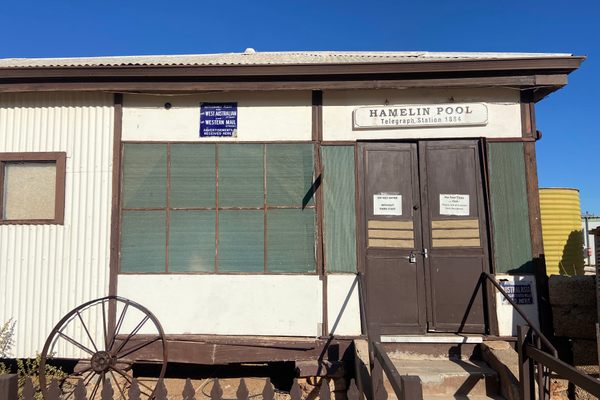

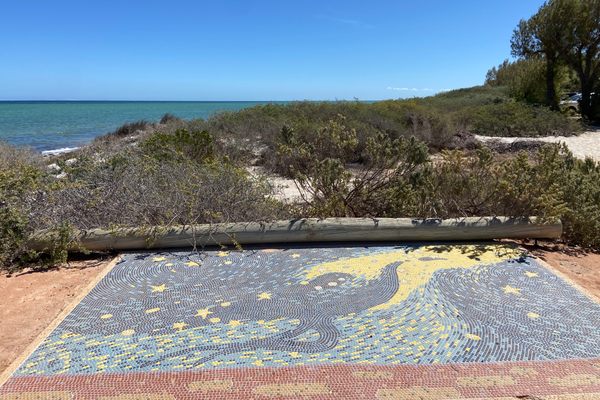
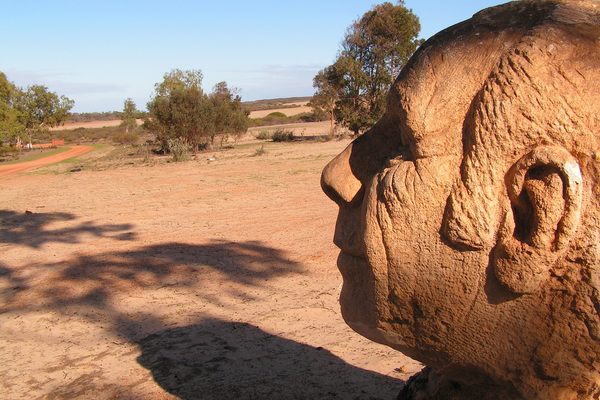



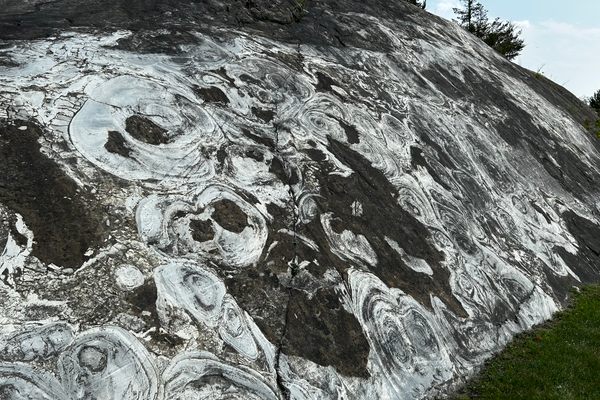

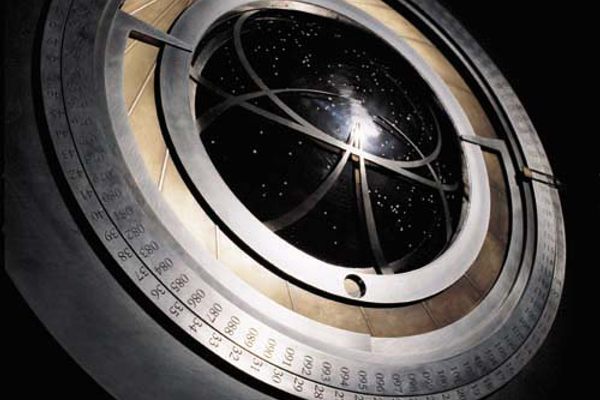

Follow us on Twitter to get the latest on the world's hidden wonders.
Like us on Facebook to get the latest on the world's hidden wonders.
Follow us on Twitter Like us on Facebook